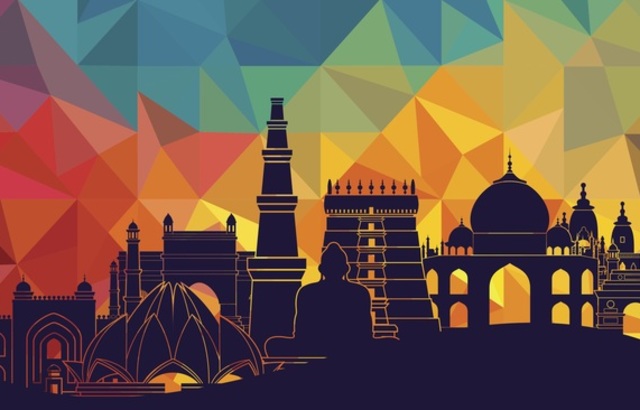The number of Indians living abroad has increase by 143% over the period 1990 to 2017, according to a study by analysts IndiaSpend, based on data from the United Nations Department of Economic Affairs.
The report showed 17 million Indians were living overseas in 2017, compared to 7 million in 1990, making India the largest source country for international migrants globally,
Over the same period India’s income per capita increased from $1,134 (£884, €993) to $7,055 – a 522% rise.
This increase has enabled more Indians to travel abroad to look for employment opportunities, which they were not finding at home.
Brain drain
However, the number of unskilled Indians moving overseas has halved in the six years to 2017, from 637,000 in 2011 to 391,000, according to a report from the Asian Development Bank.
While this is not specifically linked to a greater number of skilled Indians leaving the country, it has created an increase in ‘brain drain’ – when highly skilled professionals move abroad.
One of the reasons cited as to why the number of unskilled migrants has declined is the changes made to the criteria used to classify workers when they apply for their emigration check.
This revision to the criteria means more professionals and workers are now classified as unskilled, forcing migrants to travel on non-emigration check required passports.
The Times of India also reported in March this year that some 20.8 million Indians applied for 90,000 jobs with Indian Railways, Such an example demonstrates India’s stagnant job market, afflicted by a lack of employment, which is being further impacted by a rise of 1.3 million in the working age population every month.
Preferred destinations
The preferred destination for migrant Indian workers appears to be Qatar (which has seen a 82,669% increase in its Indian population, to 2.2 million, from 1990 to 2017). Other Middle East countries in the top 10 destinations include Oman (688% increase) and the United Arab Emirates (622% increase). Saudi Arabia and Kuwait saw a 110% and 78% rise in their Indian populations over the seven years to 2017, respectively.
Several European countries also appear high on the list, with Italy experiencing a 3,967% in the same 27-year time period, despite it being a non-English speaking country.
The UK and the US remain among the countries with the highest Indian populations over the last decade.








